
Hyundai Kona SUV (2017-2023) running costs and reliability
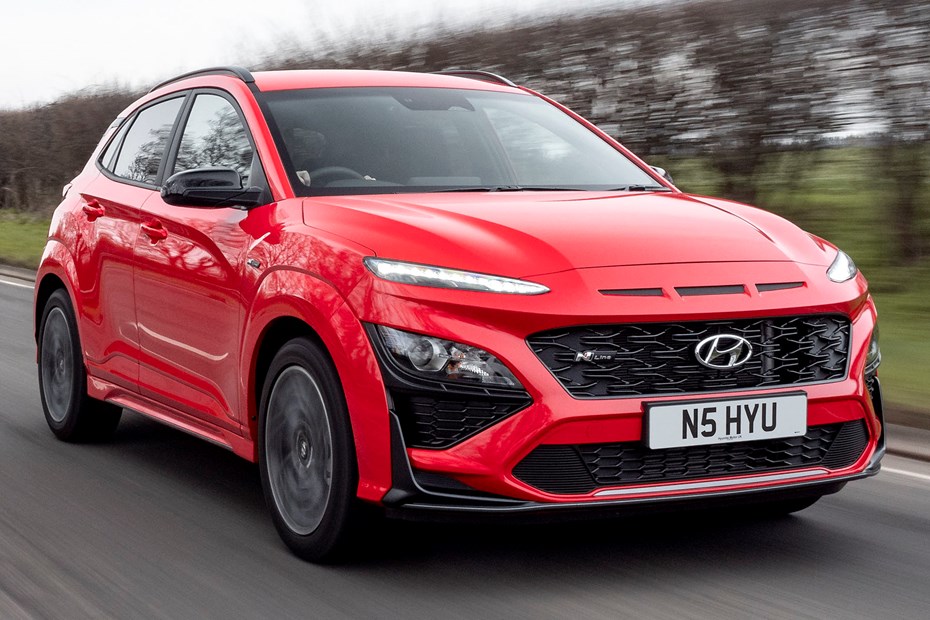
Miles per pound (mpp)
| Petrol engines | 5.0 - 7.1 mpp |
|---|---|
| Diesel engines | 6.7 - 7.2 mpp |
| Hybrid petrol engines | 8.1 - 8.4 mpp |
Fuel economy
| Petrol engines | 34 - 48.7 mpg |
|---|---|
| Diesel engines | 52.3 - 56.5 mpg |
| Hybrid petrol engines | 55.4 - 57.6 mpg |
- Hybrid drive reduces costs
- Electric model also available
- No diesel offered
What are the running costs?
Fuel economy for the Hyundai Kona is reasonable, thanks to the inclusion of hybrid technology on all models. The 1.0-litre version has a 48-volt mild-hybrid set-up that sees the stop-start system operate as you’re coming to a halt, and it can shut the engine down when coasting, too. Official fuel economy depends on the trim level, but the best performer is the entry-level model, which has a WLTP-tested combined figure of 47.1mpg, which is a feasible figure to achieve in the real world.
The 1.6 hybrid model has an official WLTP rating of up to 57.6mpg, and our real-world testing on a mixture of motorways and urban roads resulted in 56mpg, making a compelling case for itself for replacing the diesel. Overall, the Kona is a pretty respectable performer in terms of fuel economy and emissions.
At the top of the range, the high-performance Kona N has a 280hp turbocharged four-cylinder petrol engine, so it’s not going to win any fuel economy challenges. A combined figure of 33.2mpg is behind the Puma ST (although that fast SUV isn’t as powerful), but better than you’ll achieve in a VW T-Roc R, although the latter does have four-wheel drive.

Servicing and warranty
As with the rest of the Hyundai range, a five-year warranty with an unlimited mileage limit is offered on the Kona. This will give plenty of reassurance to potential buyers, although owner feedback has confirmed that warranty work isn’t something that needs to be done on a regular basis when you buy and run a Hyundai.
Fixed-price servicing is offered on the Kona, too. Hyundai has an online tool that allows you to tailor a package to suit your needs, and you can pay for it in either a lump sum, in monthly instalments, or you can bundle it in with any finance you might take out.
Reliability
- Should prove to be dependable
- Engines found in other models
- Five-year warranty as standard
With petrol engines and hybrid components shared across other Hyundai and Kia models, and Hyundai’s solid reputation for reliability, the Kona shouldn’t offer any nasty surprises. We expect most drivers to be able to have trouble-free service from the Kona.
Most dependable of the lot could be the Hyundai Kona Electric: it has fewer moving parts and with less vibration, the Hyundai will likely suffer less from squeaks and rattles from the interior fittings.
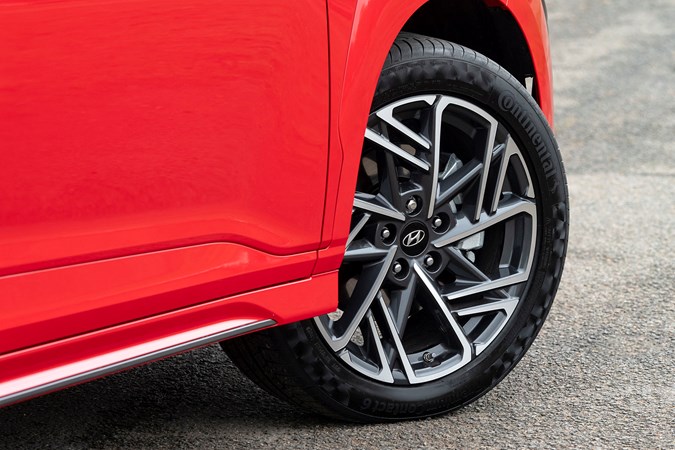
Ongoing running costs
| Road tax | £195 |
|---|---|
| Insurance group | 8 - 20 |
Get an insurance quote with

|
|




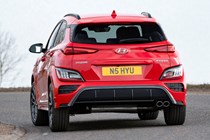

.jpg)



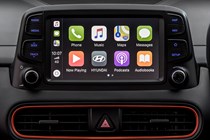


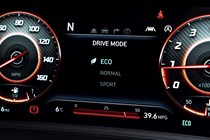
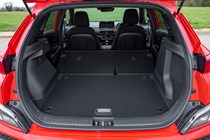
.jpg)




.jpg?quality=50)








.jpg?quality=50)